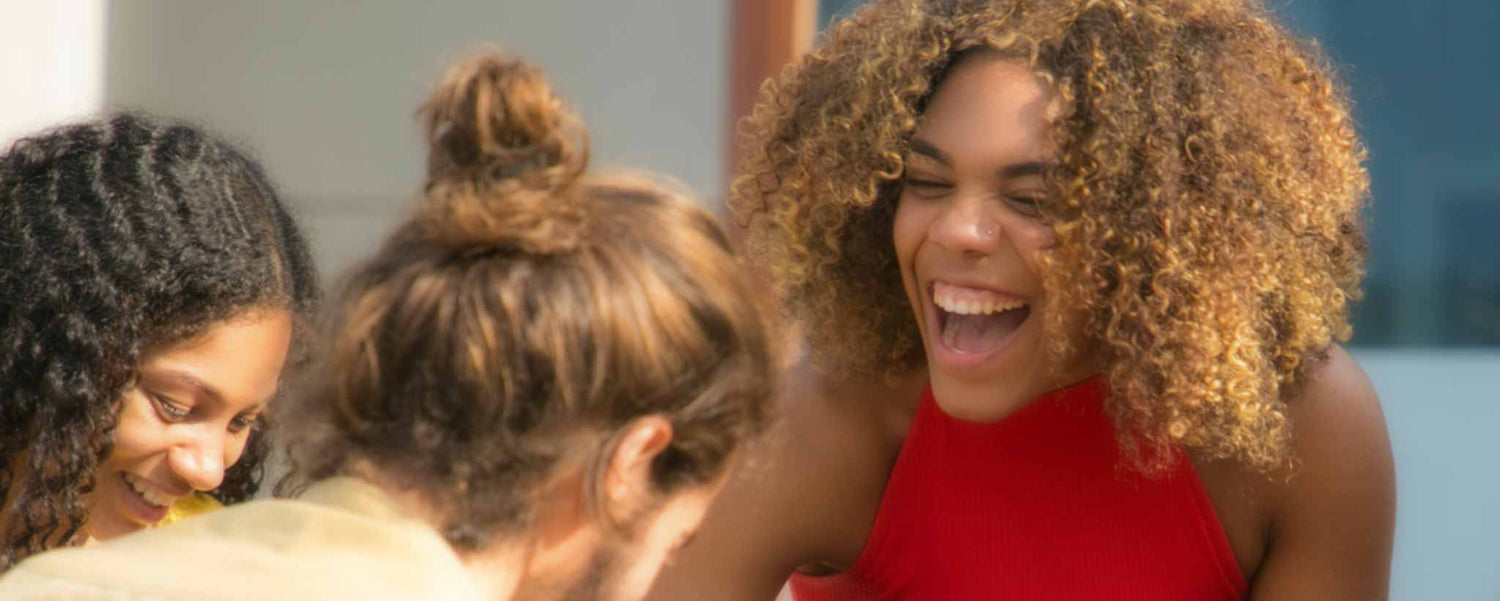Writing is difficult enough without trying to be funny. With variable sense of humor among audiences and a long list of humor types, comedy writing is golden.
Surely You Jest
Everyone enjoys an occasional chuckle. Your entertainment may even include an occasional comedy. However, the nuances of humorous behavior are not universal. What we consider funny may not transcend geographical or societal borders. This is why good freelance comedy writers are far and few between.
During general conversations, I highlight ironic humor. This is thought-provoking, but not always humorous to listeners. Much of the fiction I write steps around such humor, without total immersion. When present within written stories, this type of amusement might escape the reader.
It’s a bold move to write an anecdotal, farcical, somewhat morbid, romantic comedy—or romcom. Nevertheless, that’s what I did. My comedy of errors is long overdue. Hopefully, you’ll enjoy the short story entitled Goldfish Bowl, among ClinicalNovellas.
Twenty Forms of Humor
- 1. Anecdotal: Comical, embellished personal stories that may be true or partly true.
- 2. Burlesque: Ridicule by imitating with caricature exaggerations. In the past, this shared the same playbills as striptease and mocking skits in certain venues.
- 3. Dark/Gallows/Morbid: A pessimistic outlook with a grim or depressing humor highlighting misfortune and/or death.
- 4. Deadpan: Dry humor delivery in an impassive, expressionless, matter-of-fact manner.
- 5. Droll: Utilization of capricious or eccentric humor.
- 6. Double Entendres: Highlighting humor of ironic incongruity and discordance, where the meaning is opposite, or nearly opposite, to the literal meaning.
- 7. Epigrammatic: Sometimes humorous witty sayings such as “Too many people run out of ideas long before they run out of words.”
- 8. Farcical: Comedy based on coincidences seeming too ridiculous to be true. The Marx Brothers are epitomes of farce.
- 9. High/Highbrow: High-culture, sophisticated humor themes.
- 10. Hyperbolic: Extravagant exaggeration comedy.
- 11. Juvenile/Sophomoric: Childish themes such as pranks, name-calling, and other immature behavior.
- 12. Mordant: Caustic or biting humor.
- 13. Parodic: Comic imitation often intended to ridicule an author, an artistic endeavor, or a genre.
- 14. Risqué: Also called off-color, or blue relies on impropriety or indecency for comic effect. This relates to broad humor, which refers to unrestrained, unsubtle humor often marked by coarse jokes and sexual situations.
- 15. Satirical: Humor that mocks human weaknesses or aspects of society.
- 16. Screwball: Akin to farce in that it deals with unlikely exaggeration of situations and responses with fast-paced action.
- 17. Self-Deprecating: Humor that targets the one performing with their foibles or misfortunes for comic effect.
- 18. Situational: Sitcoms merge elements of farce, screwball, slapstick, and other types of humor in daily life.
- 19. Slapstick: Physical comedy that mocks violence and simulates bodily harm for comic effect.
- 20. Stand-Up: Delivery of jokes and humorous stories by a comedian before an audience, providing real-time feedback.
This list is not exhaustive. But it underscores the relative nature of comedy. Even though your funny bone may not be in the same location as everyone else’s, hopefully, you find amusement where available. If you don’t roll on the floor, laughing out loud, perhaps you’ll crack a smile.
References
- 20 Types and Forms of Humor. dailywritingtips.com/20-types-and-forms-of-humor/
- What Are The Different Types of Humor? cleancomedians.com/what-are-the-different-types-of-humor/






